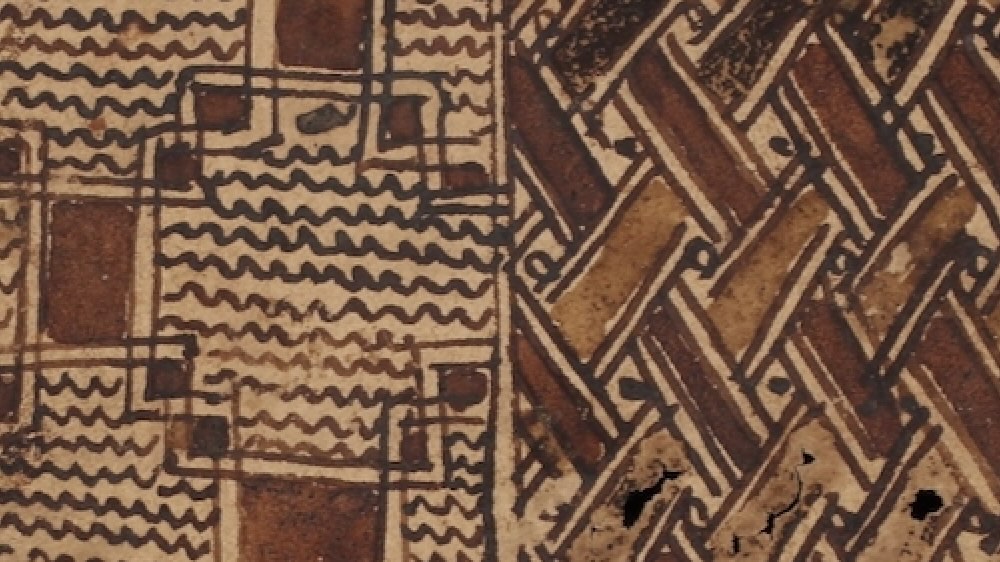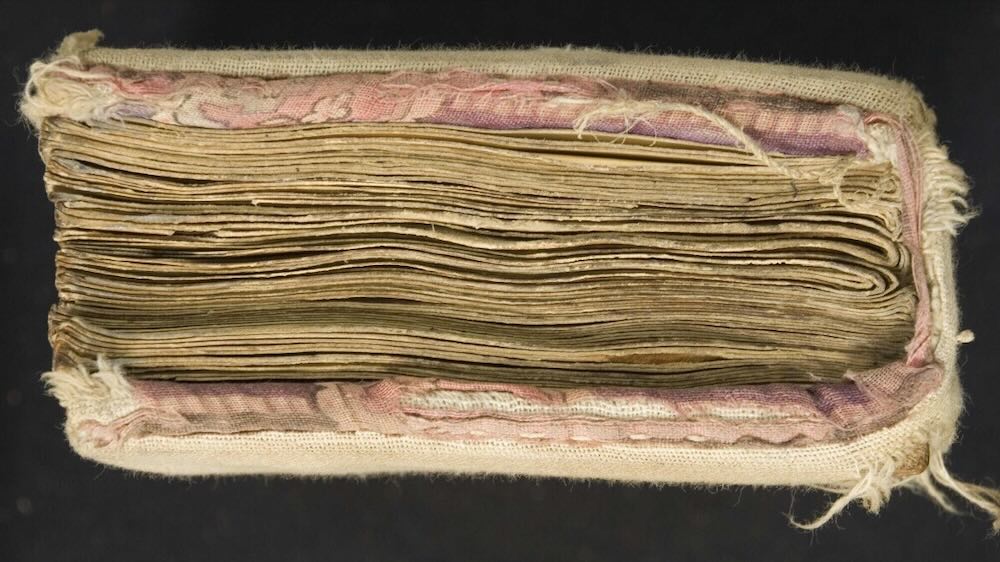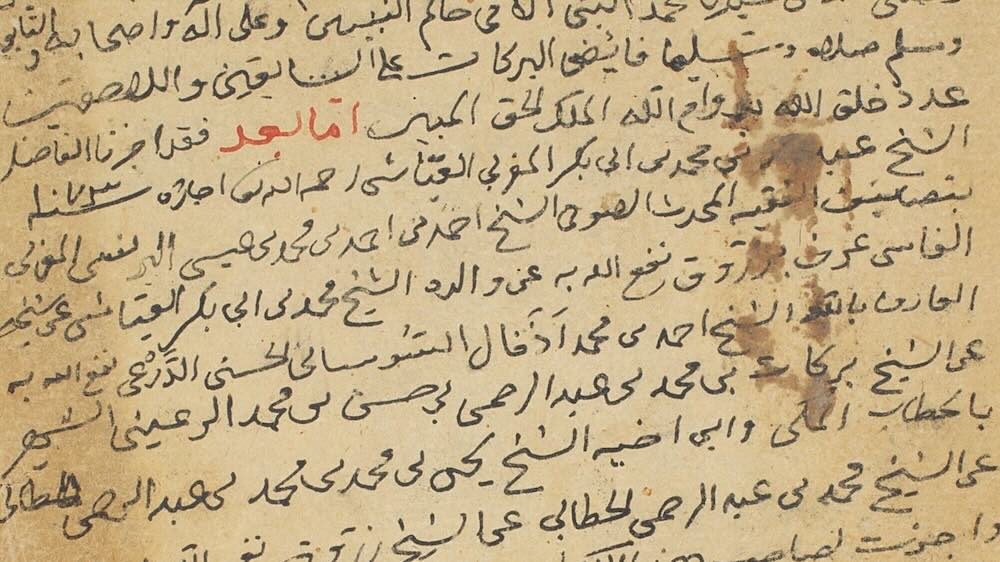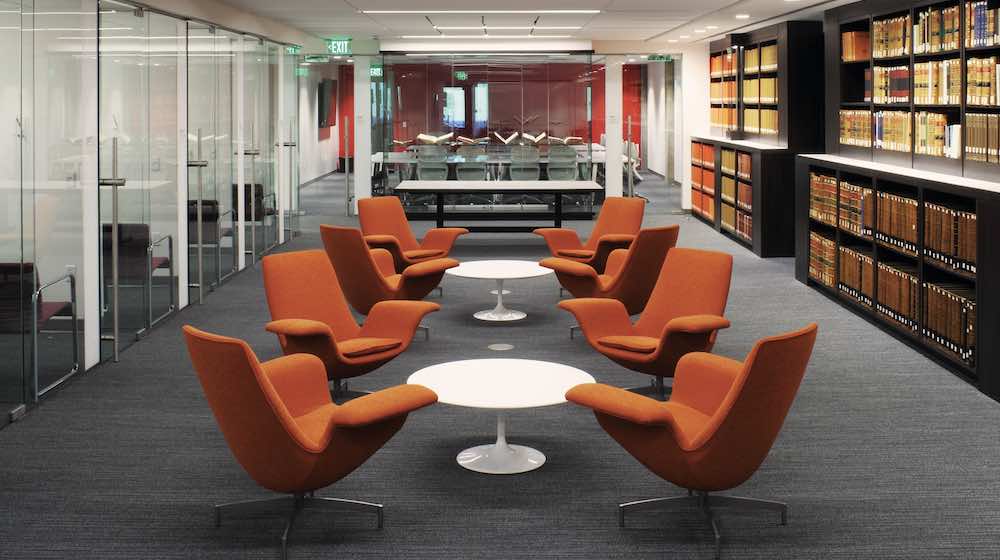Where We’re Working: Casa Buonarroti, Florence
Where We’re Working: Casa Buonarroti, Florence
When Cosimo Buonarroti (1790–1858) reacquired his family’s palazzo—the Casa Buonarroti—in 1812, he found a building in a state of decay in the heart of Florence, Italy. He decided to restore the complex as a space to celebrate the family’s history, whose renown began four centuries earlier with the celebrated genius of Renaissance artist Michelangelo Buonarroti (1475–1564).
Cosimo saw the building and its collections of art and archival records as an integral part of the cultural fabric of Florence. Upon his death, he transferred ownership of the Casa Buonarotti to the city in perpetuity, a gift to Florentines as a legacy of the enduring relationship between the family and the city.
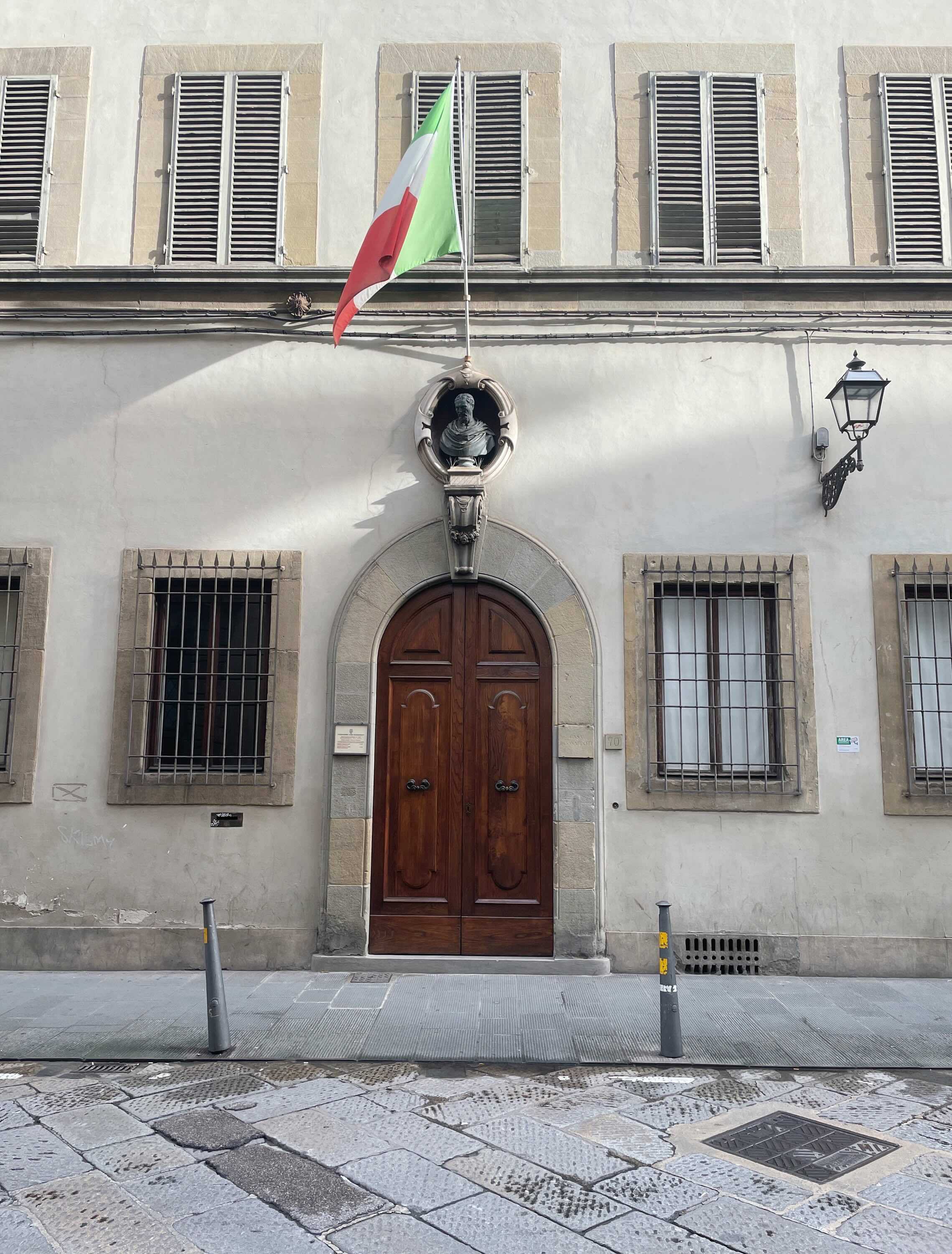
Thanks to a generous grant from the Packard Humanities Institute, HMML’s Malta Study Center has partnered with the Casa Buonarroti to digitize the family archive, furthering Cosimo’s vision of advancing the study of Florence by providing access to his family’s history.
The three-year project, coinciding with the 550th anniversary of Michelangelo’s birth, will digitize 169 archival volumes and the collection of drawings. Once complete, the project will create the first comprehensive online access to the archive of this illustrious Florentine family.
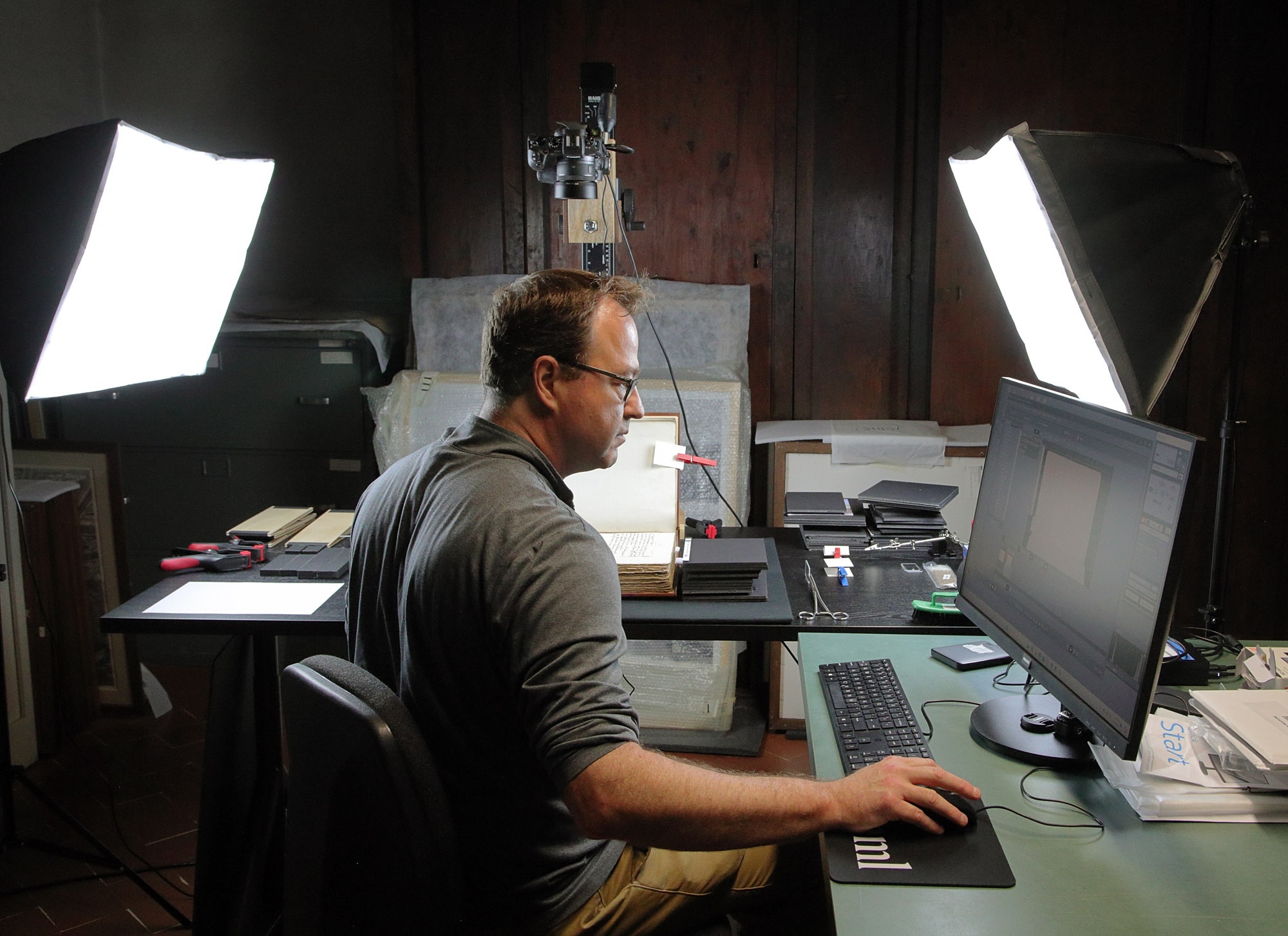
The Buonarroti maintained an archive to document the family’s financial and legal activities and to preserve volumes of their correspondence.
The earliest volumes hold the poetry and letters of Michelangelo and his contemporaries. Famous among these records are a grocery list that Michelangelo illustrated for the purchase of weekly fare (CBNR 00010) and a sonnet he composed about painting the Sistine Chapel, sketching in the margins a portrait of himself at work. Contracts between Michelangelo and his patrons record the intricacies of cultural development during the 16th century. Each document offers invaluable insight into the mind of the artist in Renaissance Italy.
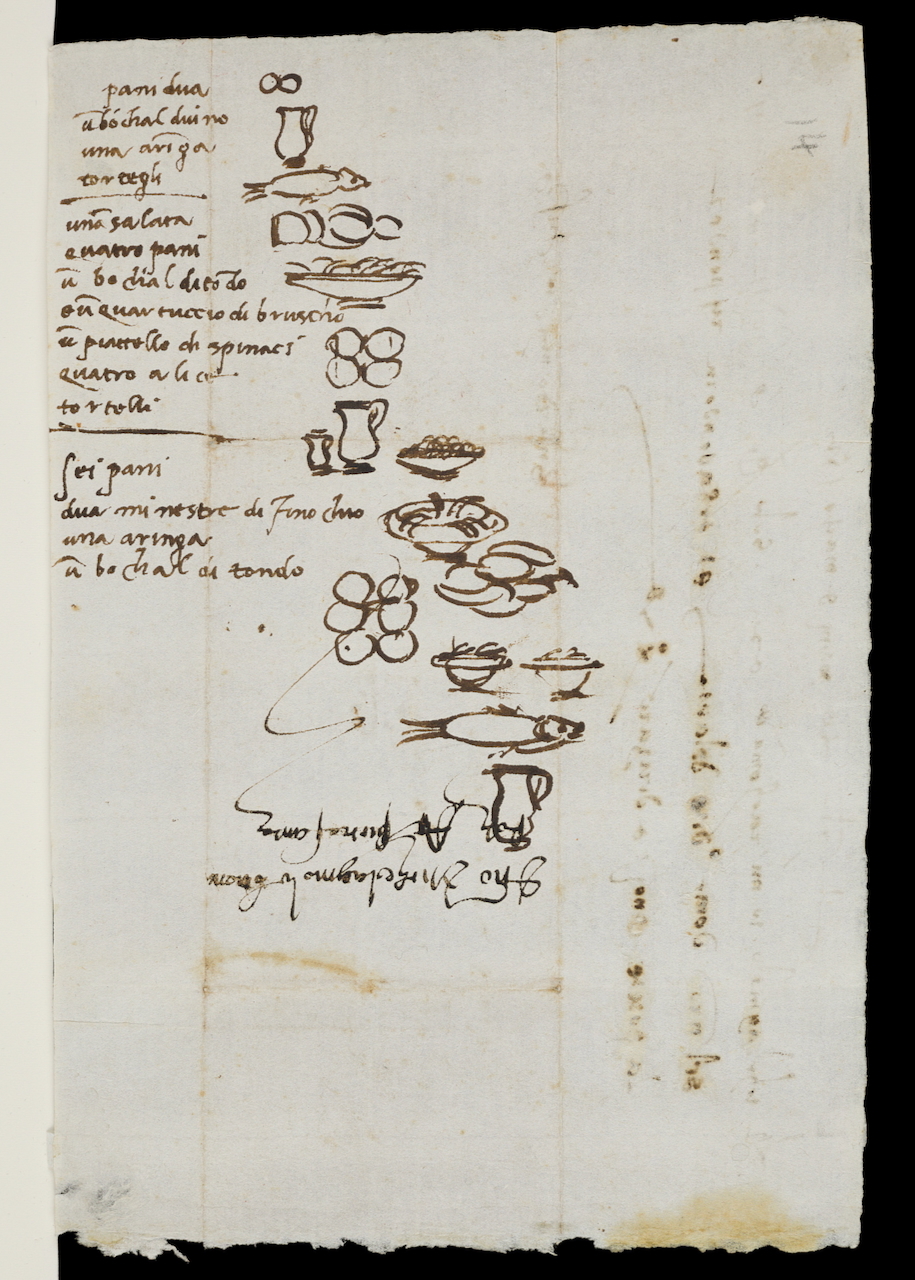
At the core of the archive are the records of Michelangelo’s great-nephew, Michelangelo Buonarroti the Younger (1568–1647). Like his namesake, Michelangelo the Younger was an outstanding figure within Florentine society—a celebrated playwright and poet whose true legacy is revealed in his voluminous correspondence.
Michelangelo the Younger’s letters connect the modern reader to the intricacies of Florence, and they reveal his political acumen as well as his role as patron to scientists and artists such as Artemisia Gentileschi (1593–1653). His effort to build the Casa Buonarotti palazzo as a monument to his family is extensively documented, including detailed sketches he provided to artists for the composition of murals.
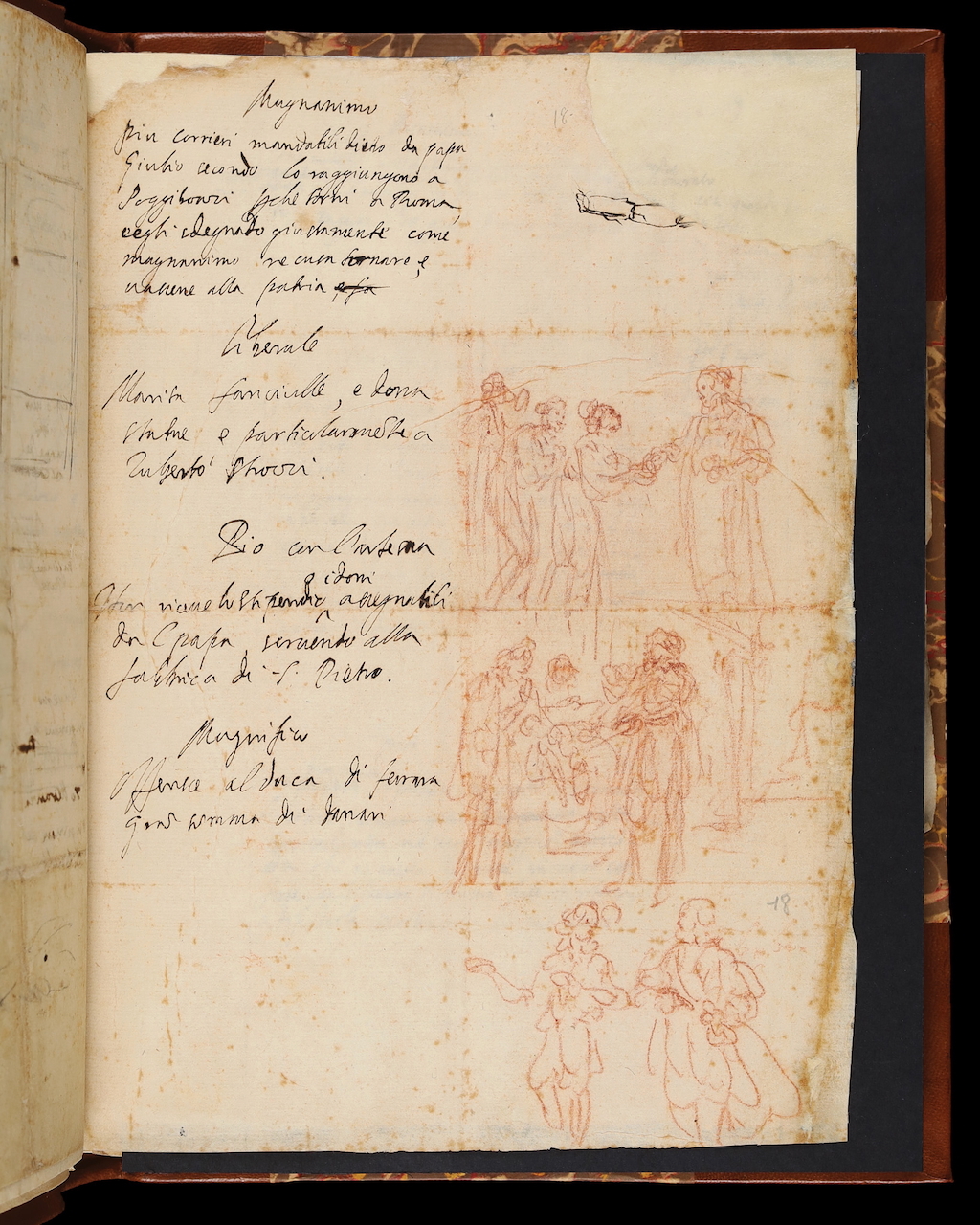
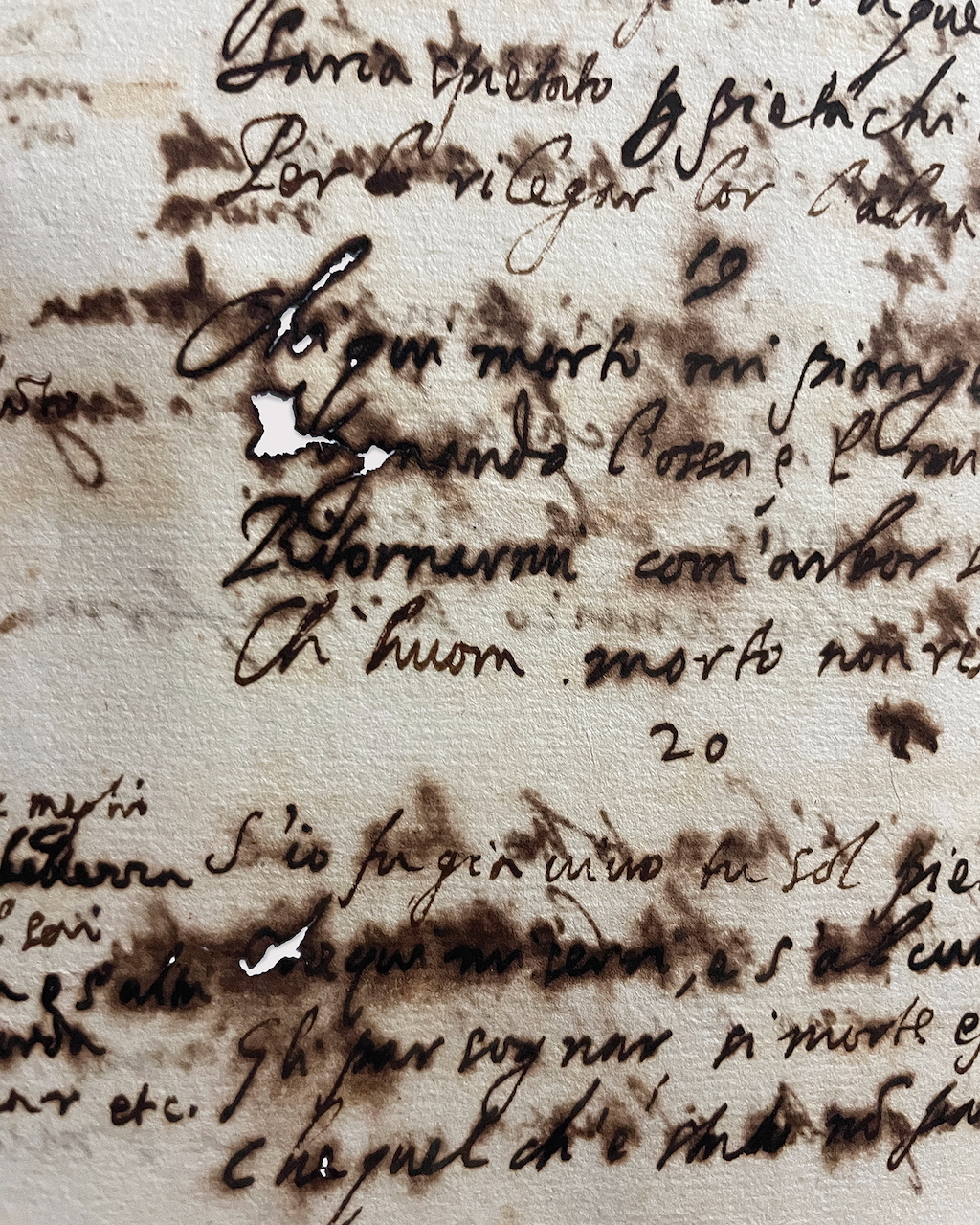
No less important are the 18 archival volumes regarding Fra Francesco Buonarroti (1573/74–1631), brother to Michelangelo the Younger. A trained architect, Fra Francesco became a Knight of the Order of St. John of Jerusalem in 1598. He frequently served as secretary and emissary of the Grand Master of the Order to the Grand Duke of Tuscany.
Fra Francesco’s personal friendship with Pope Urban VIII (1568–1644) created unique political opportunities to advance the interests of his family, which he often recorded in letters, written in cipher, to his brother, Michelangelo the Younger. Also of note are several documents demonstrating Fra Francesco’s devotion to the Order and its religious way of life, including his efforts to promote the cult of Fra Gerard of Villamagna (1174–1242), a Florentine saint and a knight of the Order of St. John.
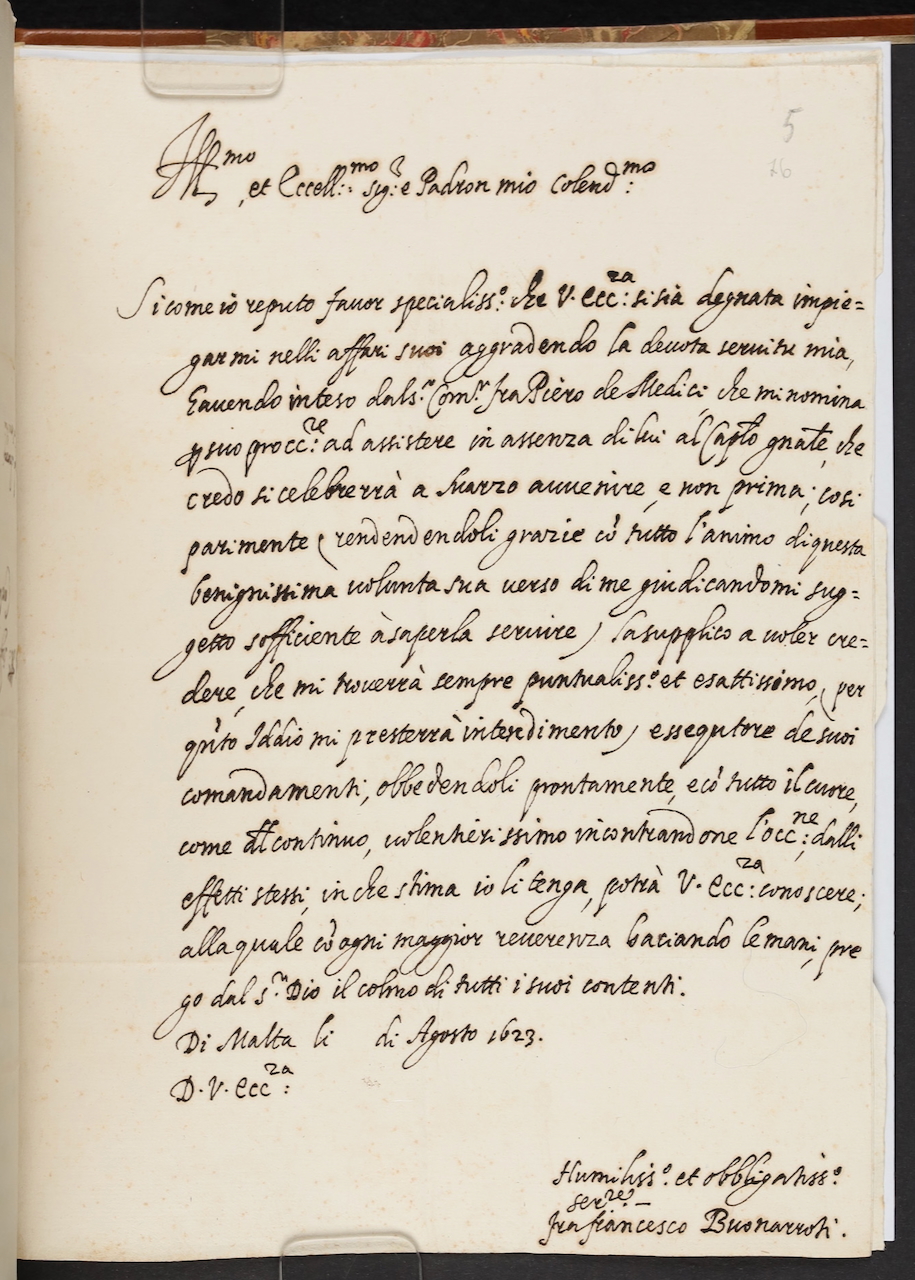
The Malta Study Center’s partnership with the Casa Buonarroti is part of a larger initiative to digitize private family archives in Italy and Malta that have historic connections to the Order of St. John of Jerusalem. Recently, the Center digitized the De Piro and Testaferrata family archives in Malta, both of which are deeply tied to the history of Italy and the Order of St. John. Future projects may include the Galilei family archive, now partially held in the State Archives of Florence.
Such collaborations enable scholars to research difficult-to-access collections that document how families built networks that created the foundations for modern cultural and social institutions in Europe and the Mediterranean.
A version of this story originally appeared in the Summer 2025 issue of HMML Magazine.

